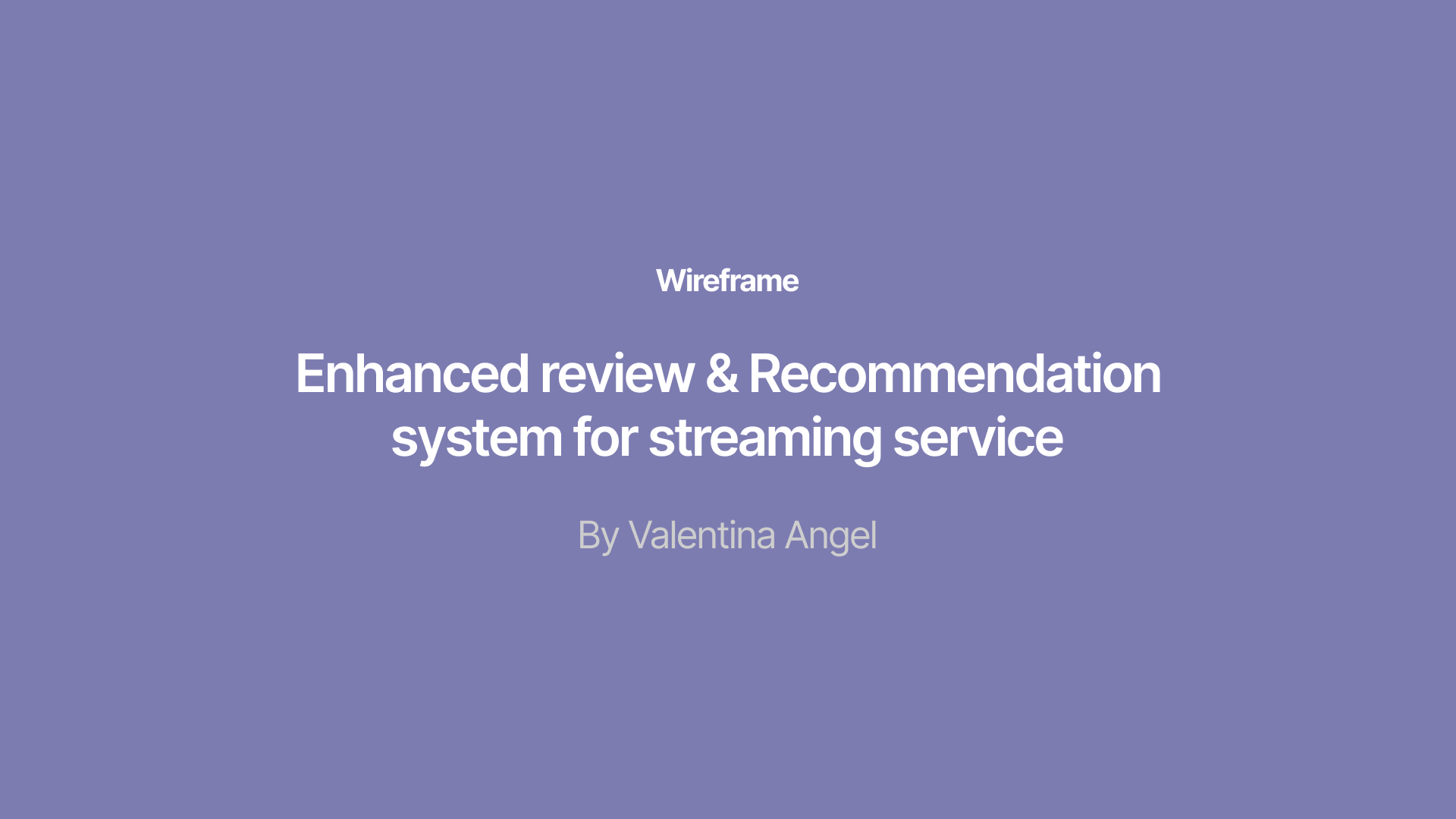Wireframing for Video Streaming Service
Research & assumptions
(based on typical streaming user research patterns and product heuristics)
- Users are more likely to provide reliable feedback after consuming meaningful portions of content.
- Short, structured inputs (stars + tags) increase participation vs. long free-text only flows.
- Community comments drive discovery and confidence but must be moderated for spoilers.
- ML models perform better with graded feedback (star ratings) and categorical metadata (tags).
Design principles guiding decisions
- Meaningful input: Collect signals that are actionable for personalization (stars + tags).
- Protect the experience: Default spoiler protection with user control (blur + toggle).
- Contextual gating: Only allow ratings once the user has meaningful exposure (50% rule) to reduce noisy data.
- Low friction: Make rating fast (required stars + tags) and commenting optional.
- Transparency & control: Let users self-mark spoilers and display AI decisions gently, allowing override.
Feature decisions & rationale
1. 50% watch threshold to unlock rating
Why: Ensures ratings are based on an informed impression rather than a fleeting or partial experience.
Impact: Higher signal quality for recommendation models; reduces false positives/negatives in preference data.
UX tradeoff: Slight friction to early raters vs. better long-term personalization.
2. 1–5 star rating (required)
Why: Granular preference information is more useful to ML than binary likes/dislikes; it captures intensity of preference.
Impact: Enables ranking, weighted aggregation, and fine-grained personalization.
3. Tag (chip) selection (required)
Why: Tags supply categorical reasons for liking/disliking (tone, pacing, acting), useful for interpretable recommendations and facet filtering.
Impact: Improves content matching (e.g., “binge-worthy” signals) and supports UX features like tag-based discovery.
4. Optional free-text comment
Why: Allows qualitative nuance for users who want to elaborate, but remains optional to reduce friction.
Impact: Provides contextual examples and editorial content for the community and could seed editorial highlights.
5. AI spoiler detection + user self-tagging
Why: Automatically protects viewers while keeping authorship agency — users can self-flag, and AI provides a safety net.
Behavior: If AI detects spoilers, prompt the author to edit or confirm publishing; published spoiler comments are blurred by default.
Impact: Balances safety, user freedom, and reduces moderator load.
6. Blur + global spoiler toggle
Why: Default blur protects accidental exposure; a global toggle gives power users control.
Impact: Improves user trust and reduces accidental spoilage.
7. Comments always accessible
Why: Users may want to read others’ impressions before starting an episode or mid-way; unlocking only ratings but keeping comments visible preserves information flow.
Impact: Encourages informed choices and social discovery without compromising data quality.
Tools used
From brief
Topics
Share
Reviews
5 reviews
Overall, it's a solid set of features and a well-thought-out flow, but I see a few things worth developing further.
What works well: the 50% threshold is a great idea for feedback quality, combining stars with tags provides concrete data for personalization, and AI spoiler detection with editing capability strikes a good balance between safety and user autonomy.
However, I have doubts about required tags - what if users don't relate to any of the available options? This could frustrate them and generate noise in the data. You don't show a competitive analysis, which was a bonus in the brief, so it's hard to assess whether these solutions are better than competitors'. I'm also missing justification for design choices - the brief asks for "rationale behind wireframes," but you've mainly provided feature descriptions. In the comment section, I'm questioning the side panel choice and how it works on mobile. I also don't see what the global spoiler toggle looks like, and that's a crucial feature.
Major gaps include: no desktop/mobile templates from the brief, you don't show the entire rating flow in context (where does this appear after viewing?), and there are no error states or edge cases.
Despite these points, your fundamentals are solid and show a thoughtful approach to the problem. With refined UX layer and adding the missing elements from the brief, this could be a really strong case study. 😉👍
Such a detailed and thoughtful exploration, Valentina! You didn’t just wireframe the interface, you mapped the whole system around how people engage with streaming platforms. I really like how the user flows visualize both the logic and empathy behind each decision, especially the rating threshold and spoiler protection toggle. Beautifully structured work!
The way you broke down “informed feedback” (only after 50% watched) and spoiler handling shows you understand not just product usability but also user psychology. On the contrary, I personally don’t mind and even prefer spoilers sometimes 😄 because there’s still a lot to enjoy when watching a film: the cinematography, pacing, and how every scene unfolds but that’s what makes your wireframe interesting, it respects different viewing behaviors and gives users control over their own experience.
Great job!
Awosome Valentina Angel
Hi Valentina!
I really like how you presented your thought process leading up to the proposal, going beyond the simple “like/dislike” interaction to build a more meaningful feedback dynamic. It’s clear that you considered different user scenarios and preferences (spoiler vs. non-spoiler), and your reasoning feels very grounded in real user behavior.
I also appreciate how you visualized the wireframes by cases (watched over 50% or not) and added small notes to guide understanding and highlight the flow of logic. It makes the proposal easy to follow and shows your strategic thinking.
Great work!
You might also like

Florish Accessibility Signup Form
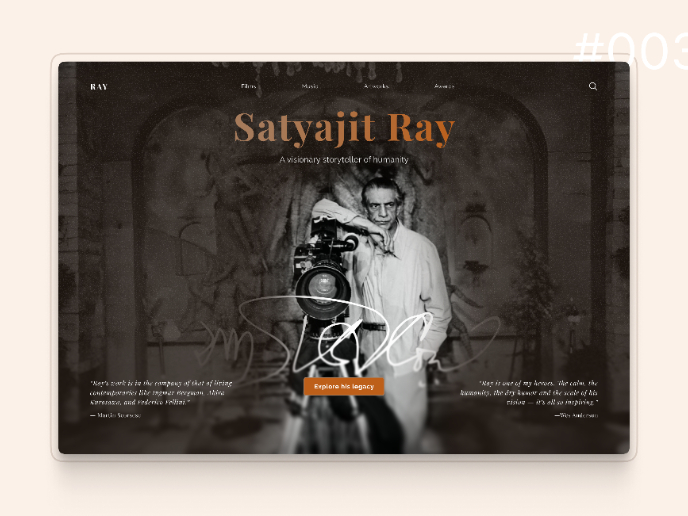
Satyajit Ray Memorial Landing Page - Daily UI 003
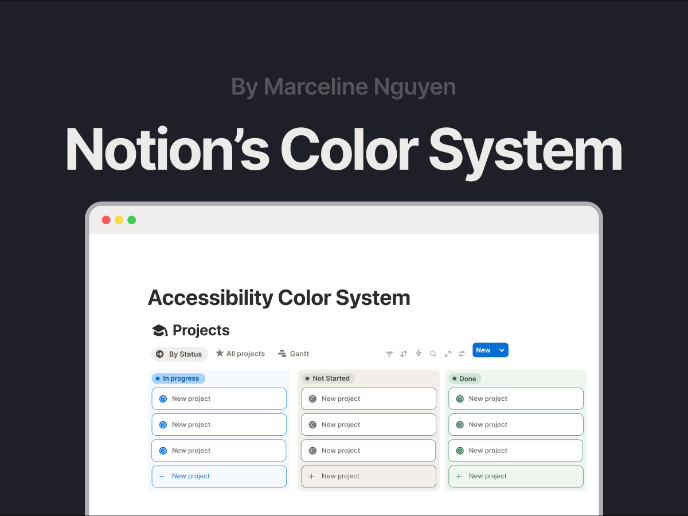
Notion - Accessibility Color System
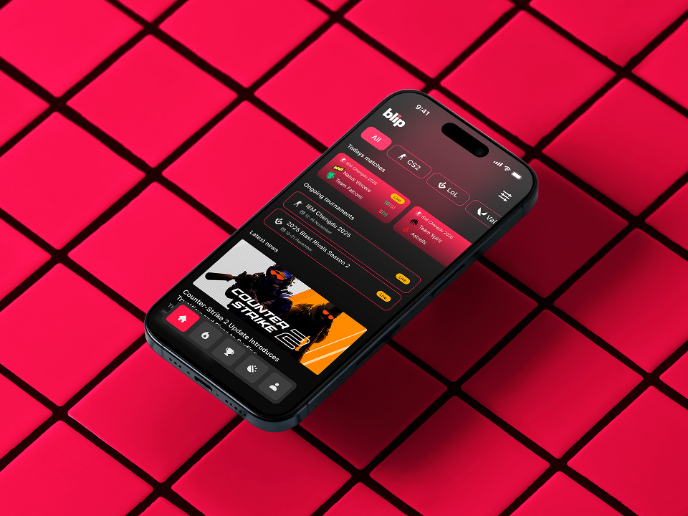
Blip - Esport app design (Light & Dark UI)
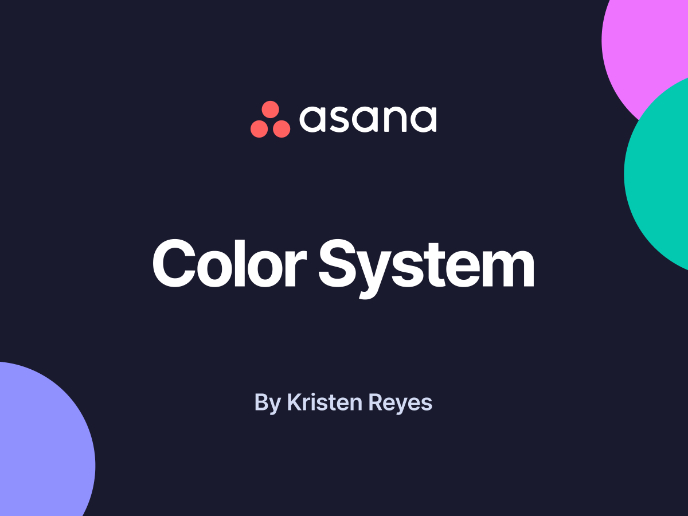
Reimagining Asana's Color System
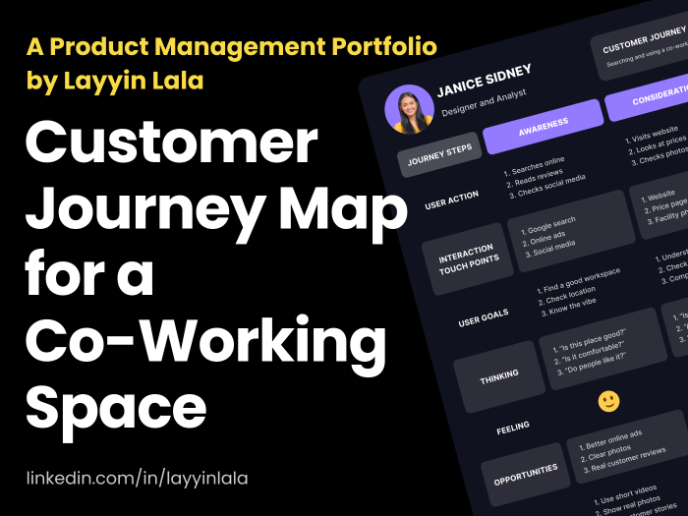
Customer Journey Map for a Co-Working Space
Interaction Design Courses

UX Design Foundations

Introduction to Figma


